How the Last of the Mitford Sisters Deepened Erdem’s Appreciation for the Aristocratic
By Angela Baidoo

A rebel is not the first descriptor which immediately comes to mind when taking in Erdem Moralioglu’s body of work and his impact on the British fashion industry. The Canadian-born designer – to a British mother and Turkish father – and alum of the Royal College of Art, cut his teeth during the early 2000s, with a class of peers who were also making waves as the new avant-garde on the London scene, think Roksanda Ilincic, Christopher Kane, and Jonathan Anderson. Much like many of his fellow designers, Erdem has sought out ways to channel his creative expression outside of the world of fashion. Turning his hand to homeware (2020 saw a contribution to Net-a-Porter’s ‘Soft Décor’ category with a sought-after, floral printed cashmere throw), the arts (creating costumes for The Royal Ballet), and photography (most recently forming part of a collective of image makers for Acne Studios ‘House of Acne Paper’).

The release of his latest pre-spring 2024 collection is a study on Deborah Mitford, the late Duchess of Devonshire, whose death in 2014 marked the end of an era for the infamous Mitford sisters, who were six eccentric siblings who lived their lives by relatively modest means, despite residing in stately homes. Settling into a quiet country life she took up country pursuits, from horse riding to hunting. She was presented into high society as a debutante, which afforded her the opportunity to meet John F. Kennedy, prior to his US Presidency. Deborah was also ‘fondly known’ by the nickname ‘Debo’, which the designer affectionately recreated in pearl embroidery on a crew-neck jersey. And through his pre-spring collection, she will now have her moment in the spotlight once again.
On the release of the designer’s latest lookbook for pre-spring 2024, The Impression had the opportunity to sit down with the British designer to ask him about the need for romance in a world in flux, finding purpose and inspiration outside of the industry, and what his plans are for his brands upcoming 20-year anniversary in 2025.








Angela Baidoo: The beauty of romance, the quiet power of the feminine, a steadfast dedication to harnessing rich materials which communicate a sense of emotion, and an appreciation for the aristocratic, are all key markers of what have made your brand such a firm industry favourite, and an example of the way in which British independent designers have forged their own path by creating strong narratives. As you have said in the past, each of your collections relates to the other, with a storytelling thread running through from season-to-season, do you feel that in this time of immense change, the industry and the customer needs a return to the romance of storytelling?

Erdem Moralioglu: Narrative has always been fundamental to my collections. I like to think of each muse and heroine from every season as chapters in the same book, there’s a thread that weaves throughout. I feel like we live in an ever-changing world. To me it’s important that my customer can have a sense of what we’re trying to say with the season. In a way, it’s almost like giving the customer a new chapter of a book with each collection.
Angela Baidoo: Over the years you will have witnessed the evolution of the Erdem woman, how does she continue to inform your creative narrative? And have you noted a new generation of customer finding your brand in light of the renewed interest in ultra-feminine fashion with a foundation in the historical?
Erdem Moralioglu: I think the ERDEM woman is constantly evolving, our client is so many different women. That’s the most exciting thing to see, so many women from different worlds wearing what I do. I’m just as likely to see someone wearing a piece I designed 15 years ago as much as I’ll see someone wearing a look from the most recent collection.
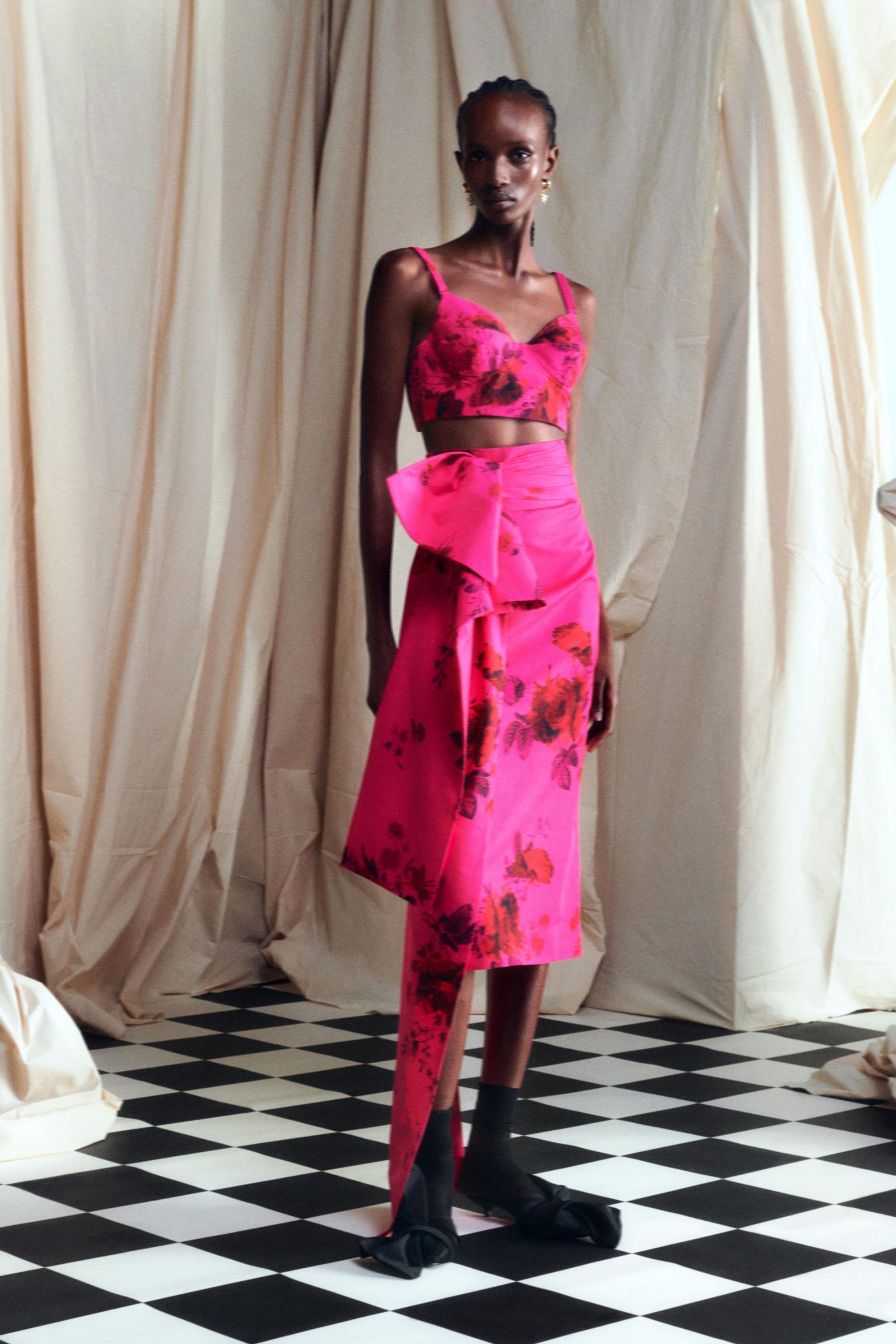
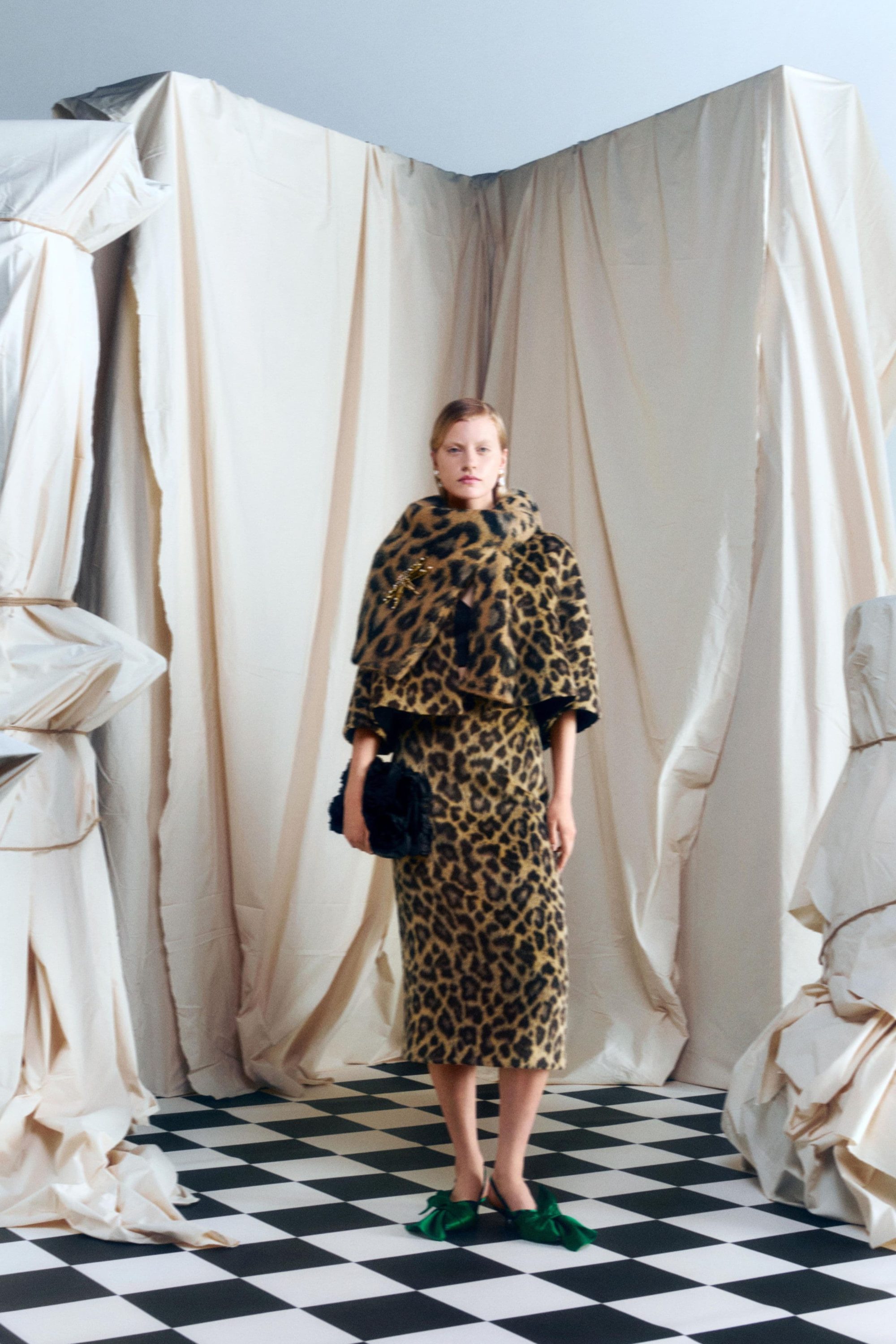




Angela Baidoo: Following your 2017 collaboration with H&M, where we got a view into how you would dress the Erdem man, you made the decision to launch a full menswear offering for Spring 2022. Your first collection spoke to a refined, yet cooler version of English romanticism in its bold stripes, rich colour, and classic knitwear staples (matching cable twinsets, fluffy sweaters and relaxed tanks) which featured heavily. As well as your layering of florals from top-to-toe which gave them a new, almost youthful perspective when reframed through a masculine lens. Do you envision an Erdem Menswear collection taking to the runways in the next few seasons, as menswear continues to breathe new life into the industry with designers reimagining masculinity and the blurring of the gender lines?
Erdem Moralioglu: I would love to grow and develop menswear and yes, I think menswear on the runway feels like a natural next chapter.



Angela Baidoo: Having partnered with both H&M and Universal Standard in the past, is it important for you as a designer who operates in the luxury space, to provide an avenue of accessibility for all? For those who have Erdem on their wardrobe wishlists.
Erdem Moralioglu: Absolutely, this is something that is very important to me. I loved working with H&M in order to create a collection that was at once beautiful but also accessible. It is vital to me that the collections don’t feel restricted, we introduced inclusive sizing into our offering years ago – it was important to me that our customers should be able to buy into the collection from a (UK) size 6 to a 22, that’s something I’m very proud of.

Angela Baidoo: Your collaboration with The Royal Ballet saw you design delicate, almost ethereal dresses and separates as costumes which still held onto your romantic vision. How did you find the process of creating these pieces, which enabled the dancers to convey their performance of Christopher Wheeldon’s ballet Corybantic Games through movement?
Erdem Moralioglu: It was a huge privilege to work with Christopher Wheeldon on Corybantic Games. When it debuted five years ago, it was a completely new piece of work and creating the costumes was exhilarating. It’s an extremely rigorous process and so different to creating a runway collection, we have to ensure that the dancers can really perform in each piece, which is custom made to them. It’s been so exciting to work on the revival of the performance this month.
Angela Baidoo: Dressing Glenn Close in a bespoke gown for the Met Gala must have been a pinch-me career moment, how did the pairing come about? And why did you decide on Devon Aoki’s fall couture 1999 look as your inspiration?
Erdem Moralioglu: I was introduced to Glenn Close by my dear friend Ruthie Rogers. I was mesmerised upon first meeting her, she is incredibly magnetic and such a beautiful person, as well as being a legend. One of my favourite films ever is Dangerous Liaisons. I remember watching her breath-taking performance as the Marquise de Merteuil. In terms of the cape, I looked at that specific Chanel show. The dress was inspired by Karl Lagerfeld’s first Chanel couture show. The collars and cuffs were both a direct reference to Karl and also a nod to Glenn’s performance in Albert Nobbs.
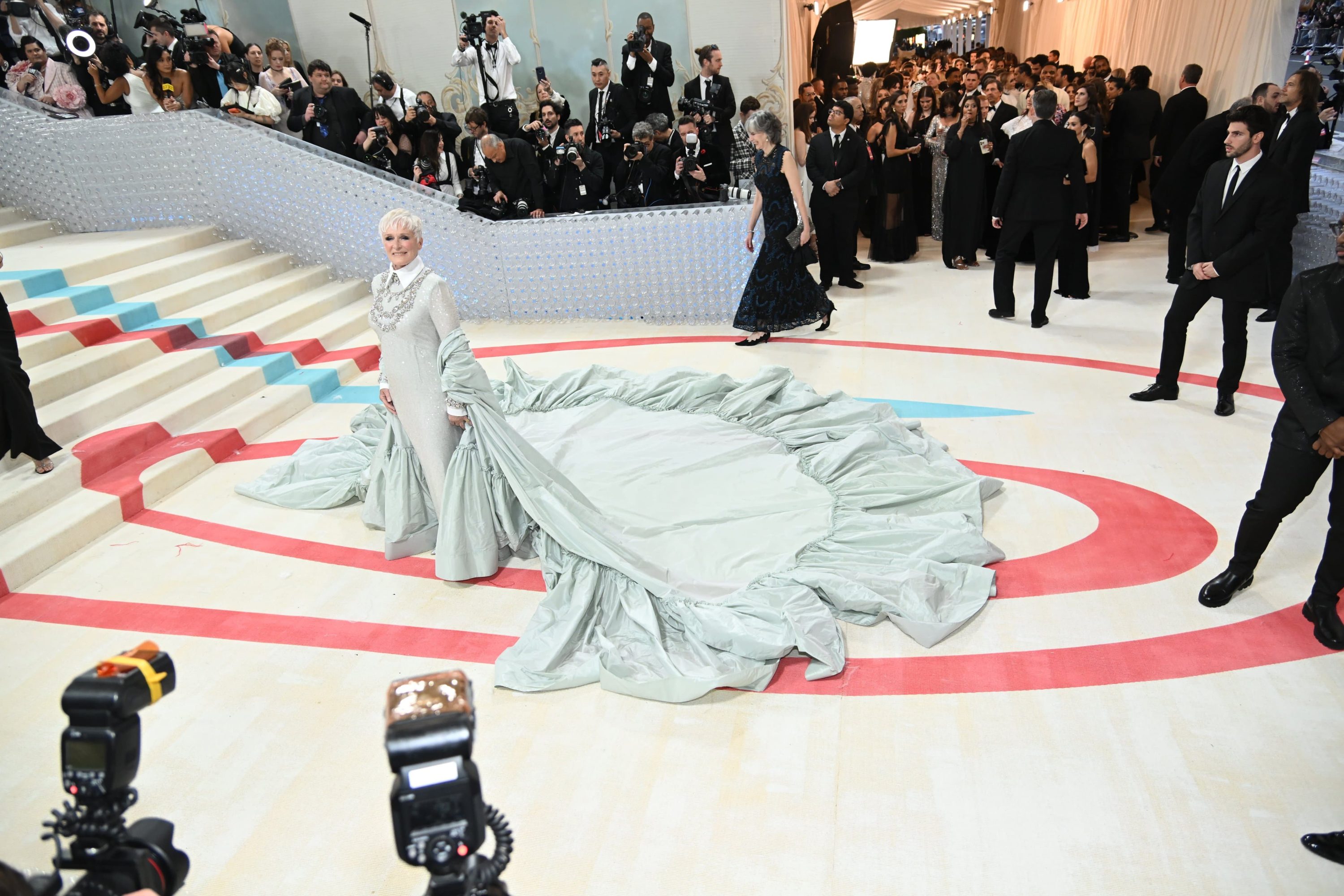
Angela Baidoo: You have very recently worked with Acne Studios on the photographic series ‘Song of Himself’ for the latest edition of the Acne Paper, can you share how the project came to fruition, and what are your thoughts on the importance of image-making as an extended form of your self-expression?
Erdem Moralioglu: It’s been so wonderful developing another area of my creativity, I have always loved photography and portraiture, embarking on these projects is extremely fulfilling. Also, the opportunity to collaborate with Thomas Persson, the brilliant and genius mind behind Acne Paper is wonderful.


Angela Baidoo: With only 2 years until the 20-year anniversary of your namesake label, have you had any thoughts on how you will be marking the occasion?
Erdem Moralioglu: We’ve been thinking of lots of different ways we could mark the occasion. Figuring out a beautiful way to celebrate the last 20 years is really important to me, I cannot believe that it’s almost my 20-year anniversary.


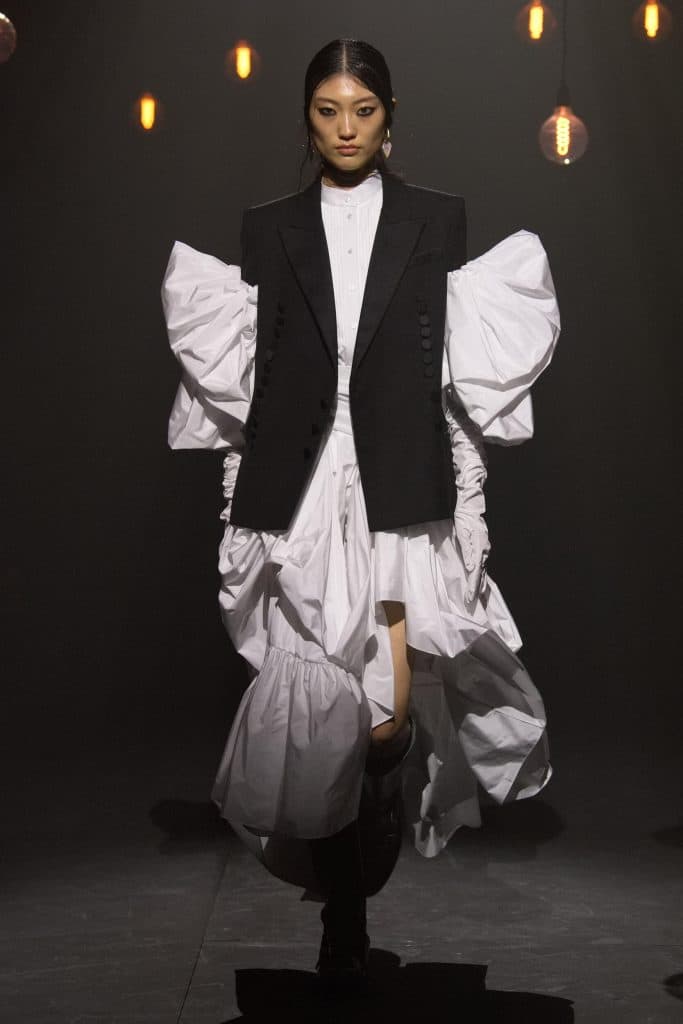


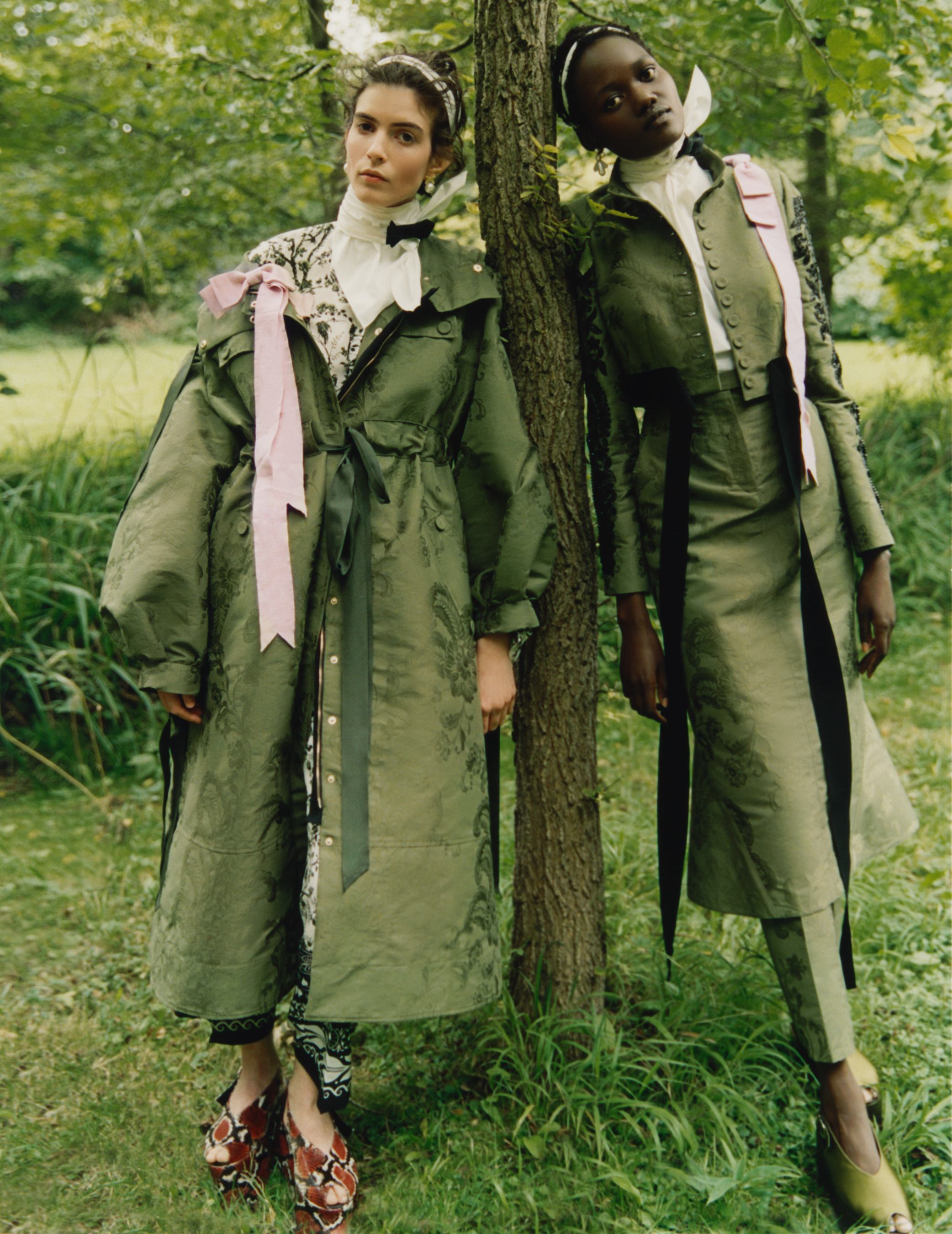

Angela Baidoo: And lastly, if you could pick any time in history where you could go back and absorb a culture, and witness first-hand either the time or places which have inspired your work, when or where would you choose?
Erdem Moralioglu: If I could, I would probably go back to Paris in the 1930s, it was a time of tension but also a time of change. Paris seemed to be the centre of the world at that time. It was when people like Madeleine Vionnet and Cristobal Balenciaga were doing some of their most extraordinary work.
